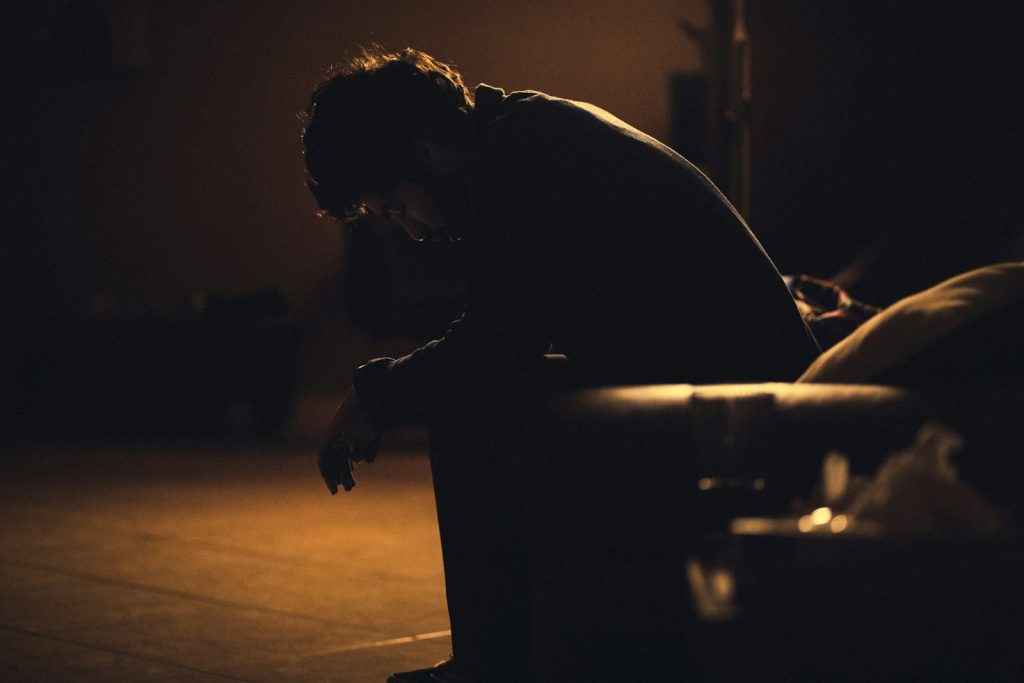Kava kava (Piper methysticum) is a popular medicinal plant, which hails form he south pacific islands. The islanders there have used it as a treatment for a variety of mental health issues, over the centuries, which includes depression, anxiety and insomnia.
Kava kava active ingredients are kavalactones, which have been noted for their beneficial effects upon General Anxiety Disorder (GAD). In one study they noted a significant reduction in depressive symptoms. In particular they noted that 26% of the Kava Kava group, where still in remission at the end of the study, which suggests the good long-term effects of Kava Kava on mental health issues.i
Kava Kava Safety?
There has been some speculation on the safety of Kava Kava, after it was banned from most European countries, after a spate of deaths in 2002. However, as of 2014 Kava Kava has been found safe and reintroduced into the European market.
The reason for the re-introduction lies in the nature of the initial evidence from 2002, which purported a tie in between liver health and kava kava. A German court found this evidence to be too circumstantial in nature. Since Kava Kava has been used for centuries by the Pacific islanders, it is very likely that Kava Kava is safe. However, like all herbs there are contraindications, so since Kava Kava appears to be a hepatotoxic in some cases, it makes sense to avoid it if you have liver disease; other than that it appears to be pretty safe, and certainly it is quite an effective anti-depressive and an anxiolytic.
How to Take Kava Kava:
Kava Kava usually comes in powder form, where it is mixed with a beverage in a mixer. Simply mix then filter and then drink.
Two tablespoons equate to approximately 30 grams of Kava Kava extract. Start off with one serving a day and increase after a
few days if there are no symptoms. Herbs are very safe, but in some case symptoms do arise, as no one herb is ideal for everybody.
Another thing to note, not only with Kava Kava, but also with every herb is that on a positive side they possess far fewer negative side effects, when compared with pharmaceuticals. However, on the other side they are slower to work. So give it around 1.5 to 2 weeks before expecting any noticeable alleviation of symptoms.
Also depression, anxiety and insomnia often go hand in hand. And one thing which Kava kava is really good at is reducing insomnia. If you suffer from insomnia, then take a serving of Kava kava one hour prior to bedtime, in all likelihood you will see a noticeable improvement in symptoms of insomnia, such as difficulty in getting asleep and waking up frequently due to disturbed sleep.
Kava Kava Tea
Many people take Kava Kava with water, but Kava Kava can be mixed with any of your favourite beverages, such as kava Kava tea.
l.Blend 3tbsp’s of kava kava in with 3 cups of water.
2.Heat for 5 minutes, while stirring occasionally. Some people prefer boiling the mixture while others prefer to take it warm or even cold. Experiment a little and see what works for you. Also, when boiled some people find the kava kava to be stronger, tending to numb the tongue and also for some, strong sedative like effects are noticed when the mixture is boiled. So see what works for you.
3.Strain and pour.
Also, Kava Kava can be taken cold and it can even be mixed with 7up or sprite, while other options include mixing it with coconut milk.
Many people hate the taste of kava kava while others love it. Experiment and see what works for you!
Kava Kava Contraindications:
- Alprazolam (Xanax) causes drowsiness. When combined with kava kava this might result in excessive drowsiness levels.
- Medications which are changed by the liver (Cytochrome P450 1A2 (CYP1A2), (Cytochrome P450 2D6 (CYP2D6) and (Cytochrome P450 2C19 (CYP2C19) might become less effective when combined with kava kava.
- Levodopa increases dopamine levels in the brain, whereas kava kava reduces dopamine levels. Consequently, kava kava might reduce the effectiveness of levodopa in some cases.



